Job Vacancy for Project Officer
About ANPPCAN
African Network for the Prevention and Protection against Child Abuse and Neglect is a Pan African child rights organization that promotes the rights of children since 1986. ANPPCAN has its headquarters in Nairobi Kenya. Her vision is a continent where children are free from all forms of maltreatment and her mission is to enhance in partnership with others the prevention and protection of children from all forms of maltreatment, thus ensuring that their rights are realized.
ANPPCAN is commencing the implementation of Child Headed Households project in communities around 10 schools in Teso North Sub County in Busia County in Kenya. The goal of the project is to improve the quality of life of children living in Child Headed Households by increasing access to child protection services and enhancing their livelihoods and social protection programmes. In light of this, ANPPCAN is seeking a Project Officer for the Child Headed Household’s project. The Officer will be based in Teso North Sub County.
Objectives of Position
To strengthen livelihoods and social protection programmes for Child Headed Households through supporting the implementation of viable income generating activities and agriculture-based activities mainly poultry husbandry and crop farming to increase productivity and thereby address the immediate and mid-term needs of the Child Headed Households.
Duties, Roles and Responsibilities
- Be in charge of implementation of Child Headed Households Project activities in Teso North Sub County.
- Ensure Child Headed Households Project activities are implemented on time and that targets and outputs are realized
- Support in the identification and assessment of Child Headed Households in communities around schools in Teso North Sub County
- Mobilize and sensitize community members on the issues affecting children living in Child Headed Households and get them to participate in activities of the project.
- Work with Guardians and Project Child Headed Households Committee in the implementation of project activities and ensure quality of implementation of activities
- Facilitate and train CHH heads and guardians on Selection, Planning and Management, and Entrepreneurship, poultry/ animal husbandry and crop management
- Train CHHs and guardians on matters related to crop production, land development, and planning and management of gardens
- Coordinate the establishment of gardens for Child Headed Households to grow crops
- Support in the preparation of gardens for Child Headed Households in readiness for growing crops
- Coordinate and monitor all activities in the operational area, including distribution of inputs
- Distribute and account for all inputs delivered to Child Headed Households in the operational area
- Demonstrate on farms the proper use and application of inputs, fertilizers, seeds and pesticides
- Undertake crop production, harvest and preservation for long term use by Child Headed Households
- Facilitate the construction / renovation of shelters for Child Headed Households through the participation of community members
- Prepare weekly and monthly reports on activities implemented by the project
- Support in the implementation of income generating activities by Child Rights Clubs and VSLA groups in schools in Teso North
- Perform any other duty that may be assigned by the Programme Manager
Qualification Required & Experience
- Diploma or B.Sc. in agriculture-related courses (Food Science and Technology, Agriculture and Home Economics, poultry/ animal husbandry, Health and Production and Range Management/Farm Management) from a recognized Institution in Kenya.
- Course in project planning and implementation with at least 2-year experience in programme planning and implementation
Required Skills
- Strong communication, presentation and liaison and interpersonal skills
- Excellent training and facilitation skills for children, community members and community leaders
- Keen interest and knowledge of farming and environmental issues
- Knowledge of, and experience in, the application of Good Agricultural Practices (GAP);
- Ready to visit CHHs and their farms at least 2 times a week
- An open, flexible and innovative working style;
- Ability to take initiative and work without constant supervision;
- Passion and commitment in working with orphans and vulnerable children
- Must be gender sensitive
Location
Teso North Sub County, Busia County
How to apply for the Job
Interested applicants who meet the above requirements should send a cover letter, their detailed curriculum vitae and contacts of three relevant referees to: recruitment.bsn@gmail.com to reach us not later than 2nd August 2024.

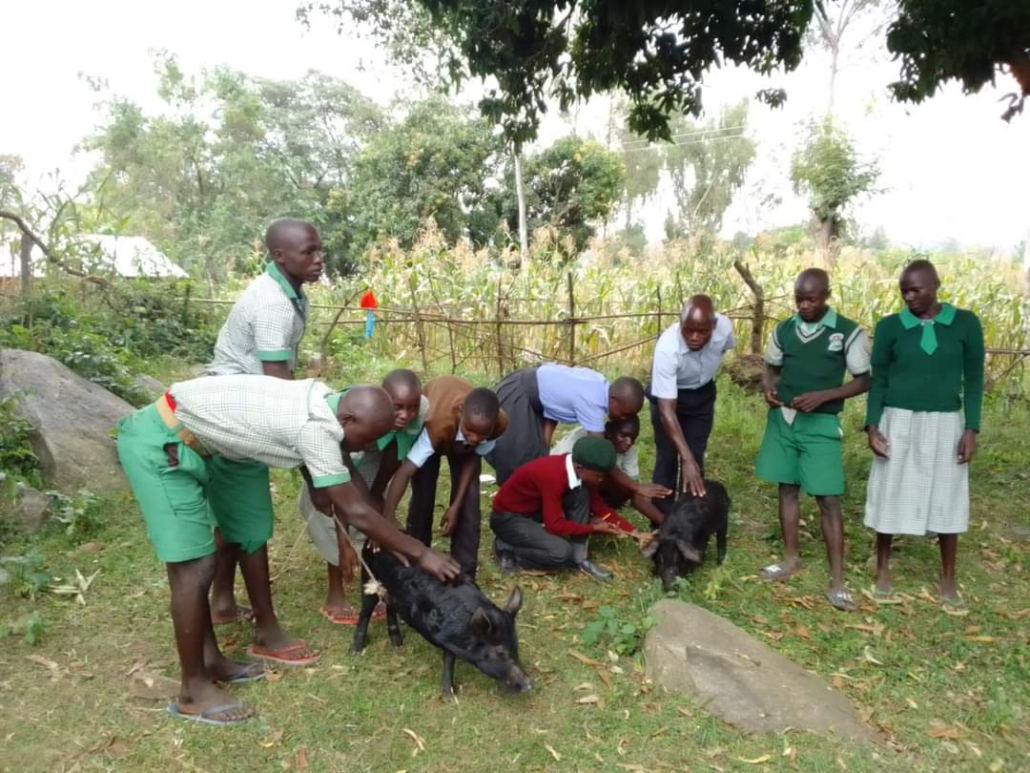
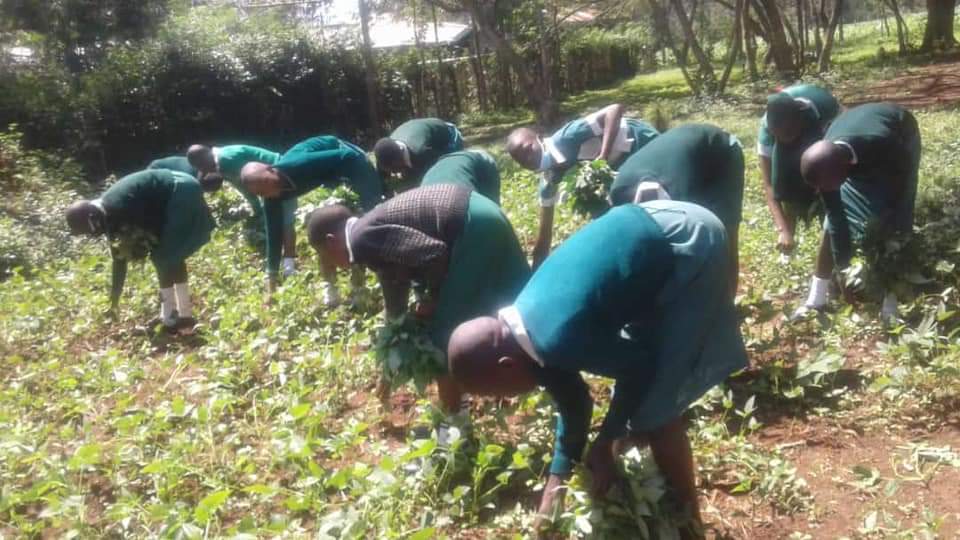
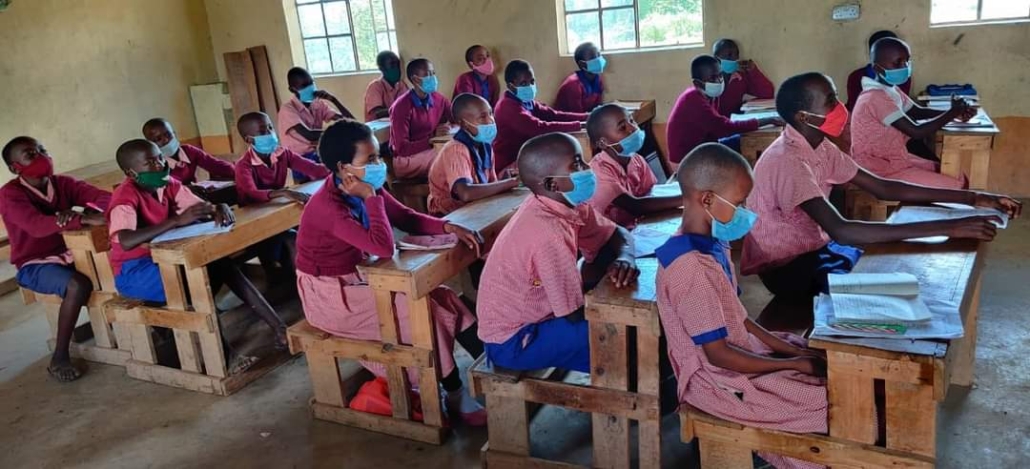
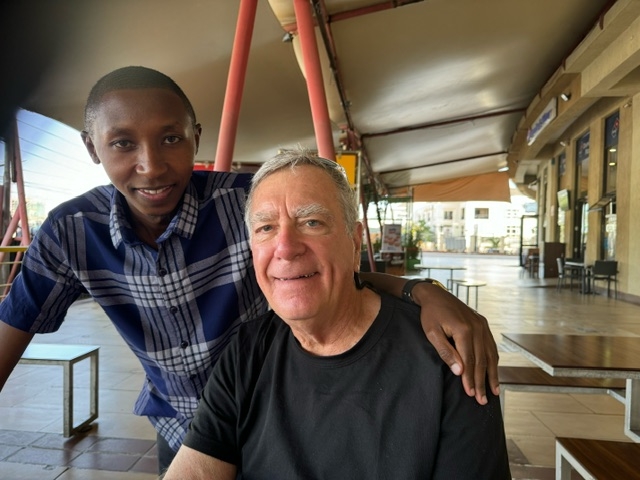

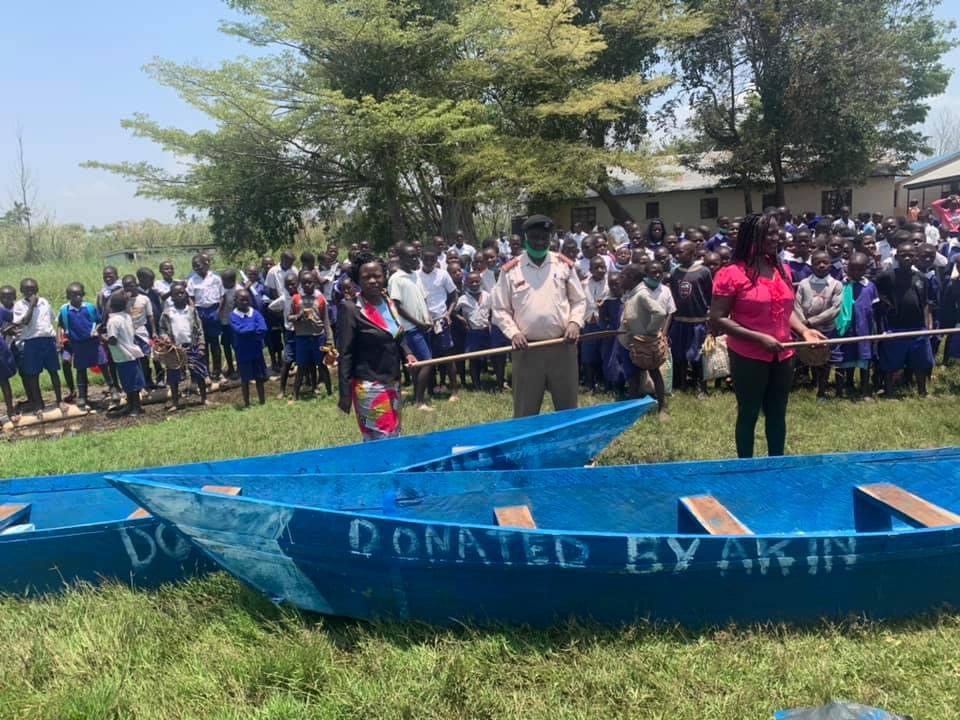
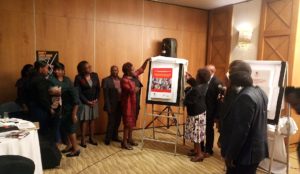 The review noted four key issues that need to be addressed as they hinder the full realization of the Government intentions regarding child labour, especially the worst forms and violence against child labour. These key issues are resource allocation, coordination of key actors and programmes, inconsistencies in laws and lack of data on children.
The review noted four key issues that need to be addressed as they hinder the full realization of the Government intentions regarding child labour, especially the worst forms and violence against child labour. These key issues are resource allocation, coordination of key actors and programmes, inconsistencies in laws and lack of data on children.